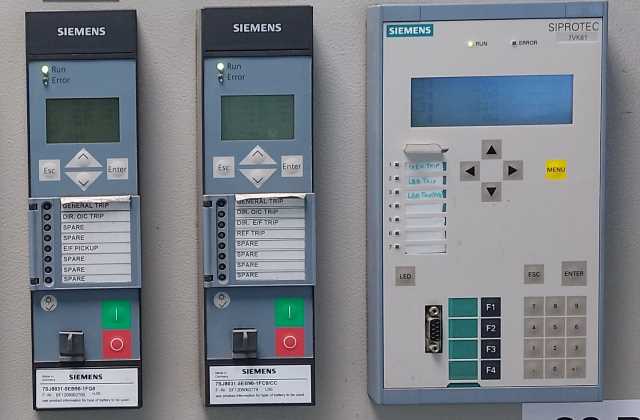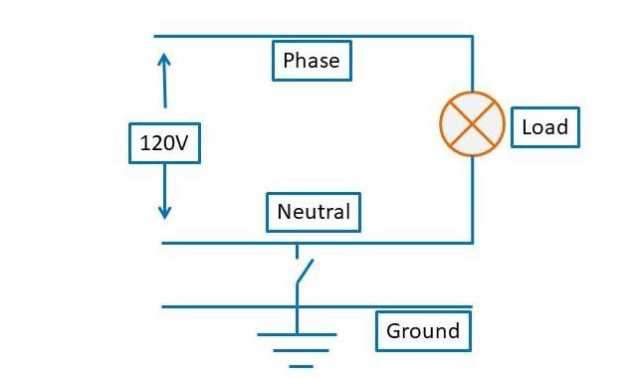1 unit of Electricity- Calculation and Price
1 unit electricity is an important parameter for understanding of energy consumption by the electrical load. A Watt (W) is the standard unit of power or load. The rate of […]
1 unit electricity is an important parameter for understanding of energy consumption by the electrical load. A Watt (W) is the standard unit of power or load. The rate of […]
The nature of the works of the Isolator and Circuit Breaker is the same, both are used to isolate the circuit from the connected supply. The operating characteristics of both […]
DC earth fault relay is commonly used to detect earth fault in DC systems. An ungrounded DC system is used to control the supply of protection systems, control panels, communication, […]
DC earth fault locator is an instrument that is used to detect earth fault in a live DC system. DC system is used for the running of protection systems in […]
Anti pumping relay is used in the circuit breakers to prevent unwanted closing of the breaker after immediate tripping. Due to failure of the TNC switch (Trip normal close) or […]
The trip circuit supervision relay always monitors the healthiness of the trip circuit including a connected trip coil of the CB. Tripping or isolation of CB is the most important […]
Grading capacitor is commonly used in High Voltage Circuit Breaker for uniform voltage distribution across the Breaker contacts at CB open position. In a multi-break Circuit Breaker, Grading capacitors are […]

In addition to the general protection, backup impedance protection or distance protection is also used in Generator, Transformer & Reactor to protect during external faults in the power system. Generally, […]
The main difference between earthing and grounding is that – Under Earthing, the circuit is physically connected to the ground to flow circulating current or fault current of the circuit […]

Floating neutral is a condition, in which the neutral wire of any circuit is disconnected from the ground. In AC system, the neutral wire is permanently grounded to the earth. […]